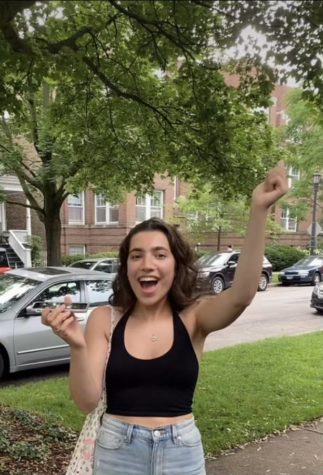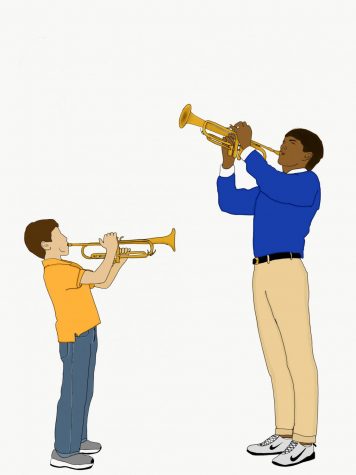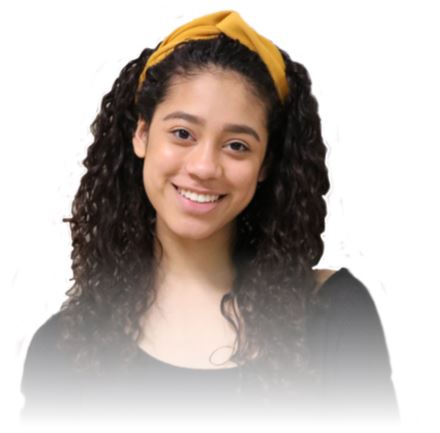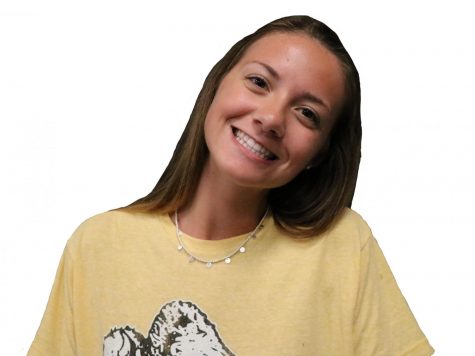Want to make money? Sell your clothes
August 17, 2020
ETHS Seniors Sylvia Tellez and Lara-Nour Walton started their clothing account at the beginning of July. They were looking for a way to make a tangible change for the Black Lives Matter movement and decided a clothing account was the way to do it.
“I was staying up late at night watching social media, and everything, really just coming down, and I felt helpless,” Tellez said. “I saw a lot of people making earrings and things like that, and I’m not creative like that, but I knew that I had a lot of old clothes that people might want.”
Stuck at home with nothing to do, the COVID-19 pandemic has forced us to do some deep cleaning, including in our closets. Young people with a craving for extra money and a knack for entrepreneurship have started to use Instagram to sell their used clothes, jewelry, shoes, and sometimes even other items such as ACT textbooks.
Although many people keep their profits, some choose to donate them. Tellez wanted to donate the profits to an organization that centered Black trans women and decided on the Brave Space Alliance, a Black-led, trans-led LGBTQ Center that works to provide resources, programming, and services for LGBTQ individuals on the South and West sides of Chicago.
This new industry of second-hand shopping has become extremely popular along Chicago’s Northshore. Junior Maya Wallace created an account on Instagram at the beginning of the lockdown and has been selling her clothes since then.
“I had a lot of clothes that I didn’t wear or that were too small but I knew they were cute… so I sell clothes on Instagram, Poshmark, and eBay,” Wallace says. “Instagram works the best because it’s local, it’s people I know, it’s people I can get to quickly, and it’s easier to market to people in my area than people randomly around the world or in the U.S. using eBay and Poshmark.”
The gaining popularity of selling used clothes on Instagram is not random. Throughout the U.S., second-hand shopping, both instore and online through apps such as Poshmark and Depop, has been gaining popularity in the past few years and has become even more prevalent as people have been stuck at home to clean and sort through their closets. The online market for resale clothing is expected to grow from $7 billion this year to $23 billion by 2023, according to CNN.
Some of the gaining popularity of second-hand shopping can be attributed to its environmental effects. Due to Fast fashion, a culture of making clothes quickly, and cheaply, the clothing industry is responsible for an estimated use of 1.5 trillion liters of water and 10% of global carbon emission each year. Shopping second hand at thrift stores or from online sites like Depop or Poshmark would significantly reduce the environmental damage caused by the clothing industry.
Apps like Poshmark and Depop, both launched in 2011, make it easy to sell your clothes seamlessly to strangers, while selling on Instagram is a more personal experience. Poshmark and Depop have created an experience in which the seller has little to no contact with the buyer, and the company takes care of the details, such as shipping labels. On Instagram, however, the owner of the account takes care of everything, which is why generally smaller accounts sell more locally so they don’t have to ship. Usually, the account posts a picture of the item and captions it with a description and price. Buyers can comment or DM (direct message) the seller if they would like to buy it and all other details such as payment and delivery is figured out through DMs.
“I have bought clothes from other people [on Instagram] and it’s worked pretty smoothly,” Wallace says. “The communication on social media is normally really fast, and a lot of times they deliver so it’s easier for me, and they take multiple forms of payment.”
However, some prefer using platforms specifically for second-hand shopping. ETHS Senior Jade Lysouvakon has been selling her clothes on Depop since 2018.
“Selling on Depop is so easy and you get to learn how to market items,” Lysouvakon says. “You need to take the right pictures of the items in clear lighting or yourself using or wearing the item in a ‘pretty’ photo. You also get to learn how to bargain with people.”
Whether you are selling on Instagram, Depop, or donating to a thrift store, second-hand shopping benefits us all. This generation of environmentally conscious shoppers now can buy trends for cheaper and make money through their second-hand clothes. The new wave of shopping is here; use it.















